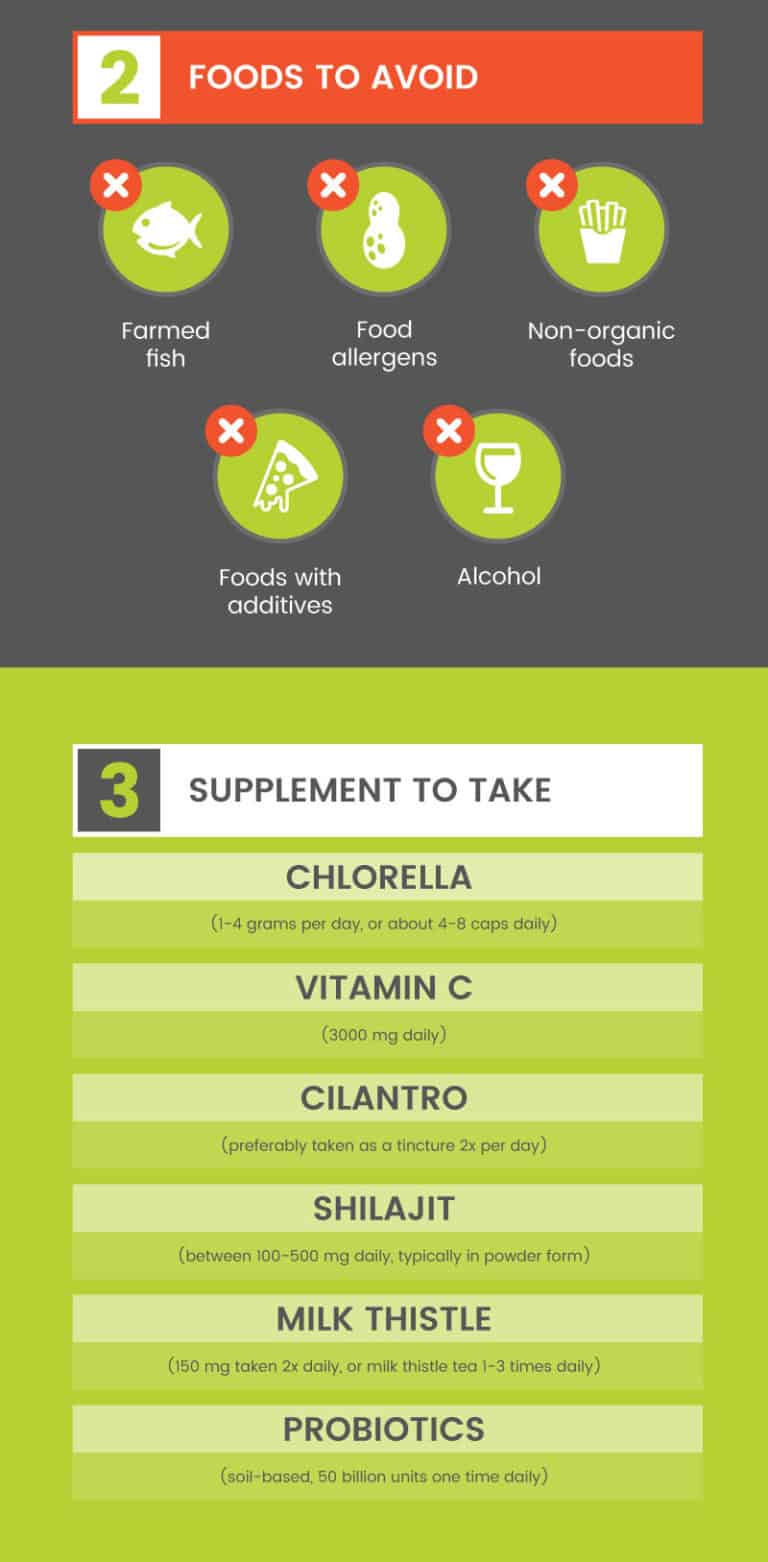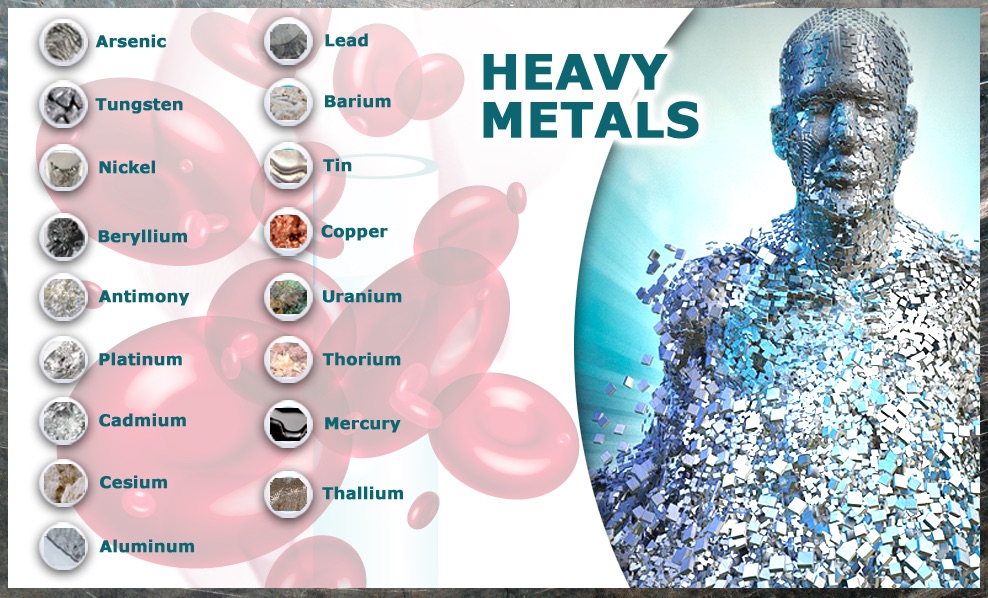Let’s cut to the chase, folks. Heavy metal detox is a topic that’s been buzzing around health circles like a swarm of bees. Whether you’re hearing about it for the first time or you’re already knee-deep in research, this guide is here to give you all the deets. From the science behind it to actionable steps, we’re covering everything you need to know about trs a safe heavy metal detox.
Now, let me ask you something. Have you ever felt that something’s off with your body? Maybe you’re experiencing brain fog, fatigue, or even mood swings, and you can’t quite put your finger on why. Well, heavy metals might just be the culprit. These sneaky little toxins can build up in your system over time, wreaking havoc on your health.
But don’t panic just yet! There’s hope, and it comes in the form of a safe heavy metal detox. In this article, we’re going to break down everything you need to know to protect yourself and feel like a million bucks again. So grab a cup of tea, settle in, and let’s dive into the world of detoxing.
Read also:James Westley Welch A Deep Dive Into The Life Legacy And Contributions
Before we get too deep into the nitty-gritty, let’s talk about why heavy metal detox matters. The truth is, we’re exposed to heavy metals more than we realize—through the air we breathe, the water we drink, and even the food we eat. This build-up can lead to serious health issues, but the good news is that there are ways to flush these toxins out safely. Stick around because we’re about to spill all the tea.
Understanding Heavy Metal Detox: What’s the Big Deal?
Alright, so let’s start with the basics. A heavy metal detox is essentially the process of removing harmful metals like mercury, lead, arsenic, and cadmium from your body. These metals can accumulate over time and cause a whole range of health problems, from neurological issues to kidney damage. But how does this happen?
Well, heavy metals can enter our systems through various sources. For instance, mercury is often found in fish, especially larger ones like tuna. Lead, on the other hand, can be present in old paint or contaminated water supplies. Arsenic might be lurking in rice or soil, and cadmium can hitch a ride in cigarettes. It’s a scary thought, but knowledge is power, right?
Common Symptoms of Heavy Metal Toxicity
Here’s the deal. Heavy metal toxicity doesn’t always announce itself with a big neon sign. Sometimes, the symptoms are subtle, and you might not even realize what’s going on. Here are a few common signs:
- Chronic fatigue
- Muscle and joint pain
- Headaches
- Memory problems
- Difficulty concentrating
- Gastrointestinal issues
If any of these sound familiar, it might be worth exploring whether heavy metals are playing a role in your health challenges.
Is Heavy Metal Detox Safe? Let’s Break It Down
Now, here’s the million-dollar question: is a heavy metal detox safe? The short answer is yes—if done correctly. But let’s face it, the internet is full of questionable advice, so you’ve got to be smart about it. A safe heavy metal detox involves using evidence-based methods to support your body’s natural detoxification processes.
Read also:James Charles Chaps The Rise Of A Digital Influencer And Makeup Guru
One of the keys to a safe detox is understanding your body’s unique needs. What works for one person might not work for another, so it’s crucial to tailor your approach. We’ll get into the specifics later, but for now, just know that taking it slow and steady is the way to go.
Why DIY Detoxes Can Be Dangerous
Listen up, folks. While the idea of DIY detoxes might sound appealing, they can sometimes do more harm than good. For instance, using the wrong supplements or methods can actually cause heavy metals to redistribute in your body, leading to even worse symptoms. That’s why it’s always best to consult with a healthcare professional before diving headfirst into a detox regimen.
Top Methods for a Safe Heavy Metal Detox
Alright, let’s talk about the good stuff. How do you actually go about detoxing your body from heavy metals? There are several effective methods out there, and we’re going to break them down for you.
Chelation Therapy: The Big Gun
Chelation therapy is one of the most well-known methods for removing heavy metals from the body. It involves using certain compounds, like EDTA or DMSA, that bind to the metals and help your body excrete them. However, this is a medical procedure that should only be done under the supervision of a qualified healthcare provider.
Natural Detoxifiers: The Gentle Approach
If you’re looking for a more natural way to detox, there are plenty of options. Foods like cilantro, chlorella, and garlic are known for their detoxifying properties. Additionally, certain supplements, such as alpha-lipoic acid and glutathione, can support your body’s natural detox processes.
Building a Detox-Friendly Diet
Your diet plays a huge role in a successful heavy metal detox. By choosing the right foods, you can help your body flush out toxins more effectively. Here’s what you should focus on:
- Leafy greens like spinach and kale
- Fiber-rich foods like beans and whole grains
- Antioxidant-packed fruits like berries
- Healthy fats like avocados and olive oil
And don’t forget to stay hydrated! Drinking plenty of water is essential for flushing toxins out of your system.
Foods to Avoid During Detox
On the flip side, there are some foods you’ll want to steer clear of during your detox journey. These include:
- Processed foods
- Sugar-laden snacks
- Alcohol
- High-mercury fish
By cutting out these culprits, you’ll give your body the best chance to heal and recover.
Supplements to Support Your Detox
When it comes to supplements, there are a few key players that can help enhance your detoxification efforts. Let’s take a closer look:
Chlorella: The Detox Superstar
Chlorella, a type of algae, is a powerhouse when it comes to detoxing. It’s been shown to bind to heavy metals and help remove them from your system. Plus, it’s packed with nutrients that support overall health.
Alpha-Lipoic Acid: The Antioxidant Warrior
Alpha-lipoic acid is another supplement worth considering. It’s a powerful antioxidant that can help neutralize free radicals and support detoxification. Just be sure to consult with your doctor before adding any new supplements to your routine.
Testing for Heavy Metal Toxicity
Before you embark on a detox journey, it’s a good idea to get tested for heavy metal toxicity. This can help you understand the extent of the problem and tailor your detox plan accordingly. There are several types of tests available, including:
- Urine tests
- Blood tests
- Hair mineral analysis
Each test has its own pros and cons, so it’s best to discuss your options with a healthcare professional.
Interpreting Test Results
Once you’ve gotten your test results, it’s important to understand what they mean. Elevated levels of certain metals might indicate a need for more aggressive detoxification strategies, while lower levels might suggest a milder approach. Your healthcare provider will be able to guide you through this process.
Lifestyle Changes to Enhance Detoxification
Detoxing isn’t just about what you eat or the supplements you take. Making certain lifestyle changes can also play a big role in supporting your body’s detoxification processes. Here are a few ideas:
- Incorporate regular exercise into your routine
- Practice stress-reducing techniques like meditation or yoga
- Get plenty of sleep each night
- Limit exposure to environmental toxins
By making these changes, you’ll be giving your body the support it needs to heal and thrive.
Detoxing Through Sauna Therapy
Sauna therapy is another great way to enhance detoxification. Sweating helps your body eliminate toxins through your skin, and it can also reduce stress and improve circulation. Just be sure to stay hydrated and consult with your doctor if you have any underlying health conditions.
Common Misconceptions About Heavy Metal Detox
Let’s clear up a few myths about heavy metal detox, shall we? First off, detoxing isn’t a one-size-fits-all solution. What works for one person might not work for another, so it’s important to find an approach that suits your individual needs.
Another misconception is that detoxing is a quick fix. In reality, it’s a gradual process that requires patience and consistency. Don’t fall for promises of overnight results—real change takes time.
Why Expert Guidance Matters
Finally, let’s talk about the importance of expert guidance. While there’s plenty of information available online, it’s no substitute for personalized advice from a healthcare professional. They can help you navigate the complexities of detoxing and ensure you’re doing it safely and effectively.
Conclusion: Your Journey to Better Health Starts Here
So there you have it, folks. A safe heavy metal detox is within reach, and with the right knowledge and tools, you can take control of your health. Remember, detoxing isn’t just about removing toxins—it’s about creating a healthier, happier you.
Now it’s your turn. Are you ready to take the first step on your detox journey? Leave a comment below and let us know what you think. And if you found this article helpful, don’t forget to share it with your friends and family. Together, we can spread the word about the power of detoxing.
Table of Contents


